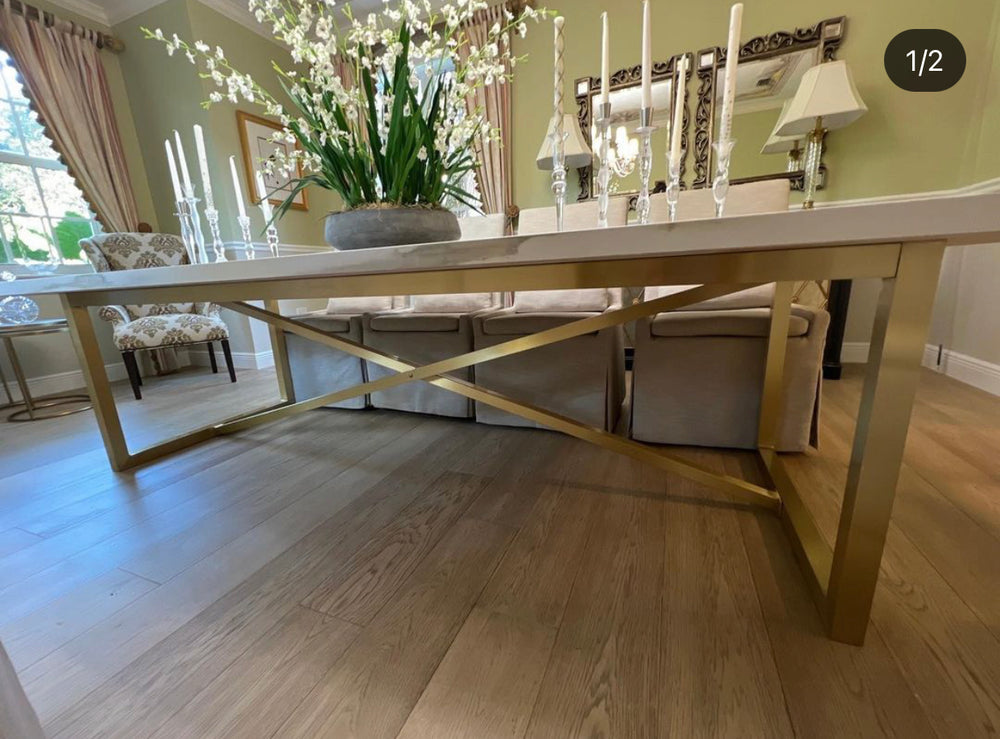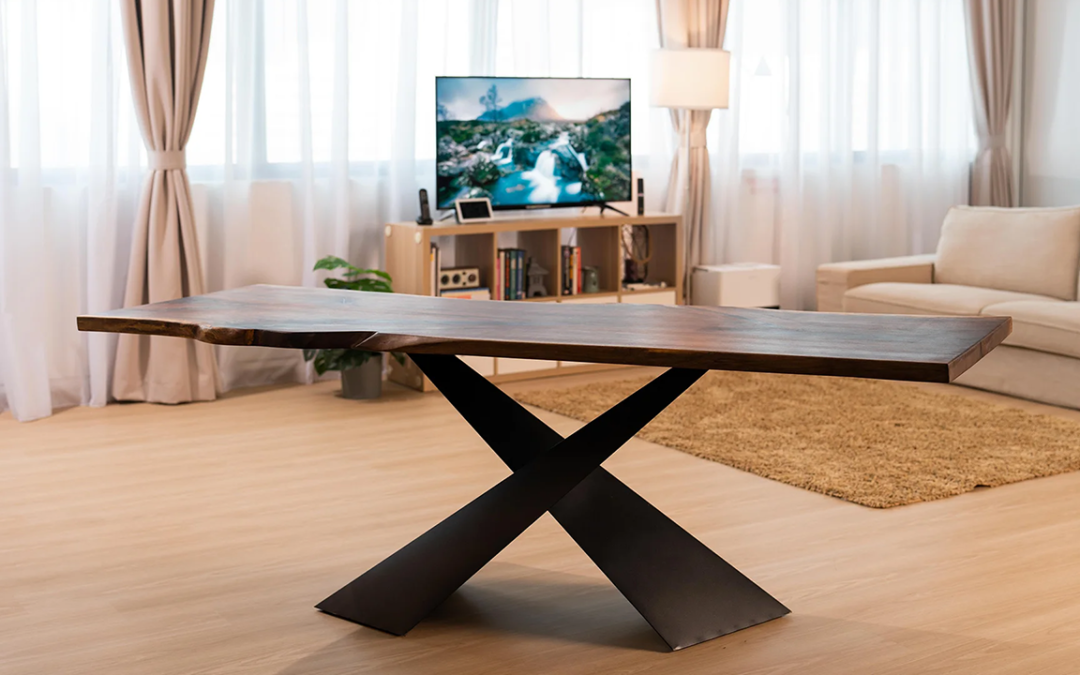Transform Your Dining Space with Stylish Dining Room Table Legs
Transform Your Dining Space with Stylish Dining Room Table Legs
Blog Article
From Typical to Modern: Find the Suitable Dining-room Table Legs for Your Design
While traditional styles such as cabriole and turned legs stimulate a sense of classic refinement, modern designs like hairpin and geometric alternatives provide a chance for striking visual interest. As you take into consideration these components, the inquiry stays: exactly how can you seamlessly integrate these varied leg designs to create an unified eating experience?
Comprehending Table Leg Styles
The variety of dining-room table leg designs can substantially influence both the aesthetic appeals and performance of the space. Each leg design adds distinct useful features and aesthetic aspects, accommodating diverse style preferences and use demands. Recognizing these designs is critical for picking the right table that straightens with your total interior decoration vision.
For example, tapered legs use a tidy, timeless appearance that can improve an area's sophistication, while pedestal bases provide stability and maximize legroom, making them suitable for smaller sized rooms. Hairpin legs, a trademark of mid-century modern layout, present a commercial style, enabling a ventilated, open feeling. Likewise, trestle legs evoke rustic charm, offering durable support and a sense of eternity.
Wood legs can bring heat and structure, whereas metal options often convey a streamlined, modern vibe. Ultimately, comprehending table leg designs is crucial for developing a cohesive dining area that mirrors personal design while guaranteeing practicality and convenience.
Typical Table Leg Options
When picking dining-room table legs, traditional alternatives commonly embody timeless style and workmanship. These designs show a rich heritage and a dedication to quality, making them perfect for those who appreciate traditional aesthetic appeals.
Among one of the most renowned standard leg styles is the cabriole leg, defined by its stylish curved form. This design usually includes decorative makings and is most typically discovered in Queen Anne and Chippendale furniture. Another popular choice is the transformed leg, which flaunts a series of smooth, rounded shapes that provide a traditional appearance while preserving stability.
Moreover, the straight leg, while straightforward, offers a basic and durable framework that can mix seamlessly with a selection of tabletop styles. For those drawn to ornate detailing, claw-and-ball feet legs stimulate a sense of magnificence and can work as a spectacular prime focus in any dining space.
Finally, stand bases, although not strictly legs, provide an alternative typical alternative that enables for ample legroom and can be beautifully sculpted. Each of these conventional leg styles adds to the overall atmosphere of a dining-room, marrying feature with aesthetic appeal.

Modern Table Leg Layouts
Modern table leg layouts use a diverse variety of designs that stress tidy lines and ingenious materials. These layouts typically focus on performance while serving as striking centerpieces within an eating area. Minimal aesthetics are prevalent, with legs crafted from materials such as metal, glass, and crafted wood, which add to a ventilated and modern feel.
One preferred design is the hairpin leg, characterized by its slender, conical structure useful reference that gives stability without overwhelming the table top (dining room table legs). This style is typically discovered in mid-century modern furnishings and can easily complement different table shapes. One more fad is making use of geometric forms, where legs might tackle asymmetrical or angular forms, including visual interest and a touch of virtuosity

Blending Designs for Special Spaces
Often, home owners seek to create special dining rooms that show their personal design by blending numerous style elements. This technique enables the consolidation of diverse appearances, leading to a harmonious yet unique environment. Combining a rustic wood table with sleek, contemporary metal legs can produce an attractive comparison that elevates the space's total charm.
In addition, integrating vintage table legs with modern table tops can evoke a feeling of background while maintaining a contemporary sensibility. Such combinations not just display private taste however additionally encourage creativity, allowing house owners to curate a room that feels both personal and welcoming.
Shade plays an important duty in this mixing procedure; selecting table legs that enhance or comparison with the existing shade plan can improve visual passion. As an example, whitewashed legs can soften the daring of a dark table moved here surface, creating a balanced visual.
Tips for Selecting the Right Legs
Choosing the right table legs is crucial for achieving both performance and aesthetic charm in your eating area. Begin by considering the general design of your area. Typical setups take advantage of legs that feature intricate carvings or turned designs, while contemporary spaces may require smooth, minimalist styles.
Next, evaluate the height and stability of the legs. dining room table legs. Conventional eating tables vary between 28 to 30 inches in height, so guarantee the legs match this measurement for comfort. Furthermore, robust materials, such as hardwood or metal, can enhance stability and longevity
Evaluate the leg form too-- alternatives consist of directly, tapered, or stand styles. Straight legs look at more info provide a classic look, while conical legs can include a touch of style. Pedestal bases offer enough legroom and are suitable for smaller areas.
Final Thought
In recap, selecting the perfect eating room table legs requires mindful factor to consider of both conventional and modern-day designs. By harmonizing leg design, height, and product with the general decoration, a natural and inviting environment can be achieved.
The range of dining space table leg styles can substantially influence both the aesthetics and performance of the space. Eventually, recognizing table leg styles is necessary for creating a natural dining location that reflects individual design while guaranteeing usefulness and comfort.One of the most famous traditional leg styles is the cabriole leg, identified by its graceful rounded form. Straight legs provide a timeless look, while tapered legs can include a touch of elegance.In summary, choosing the ideal dining space table legs calls for careful consideration of both modern-day and typical styles.
Report this page